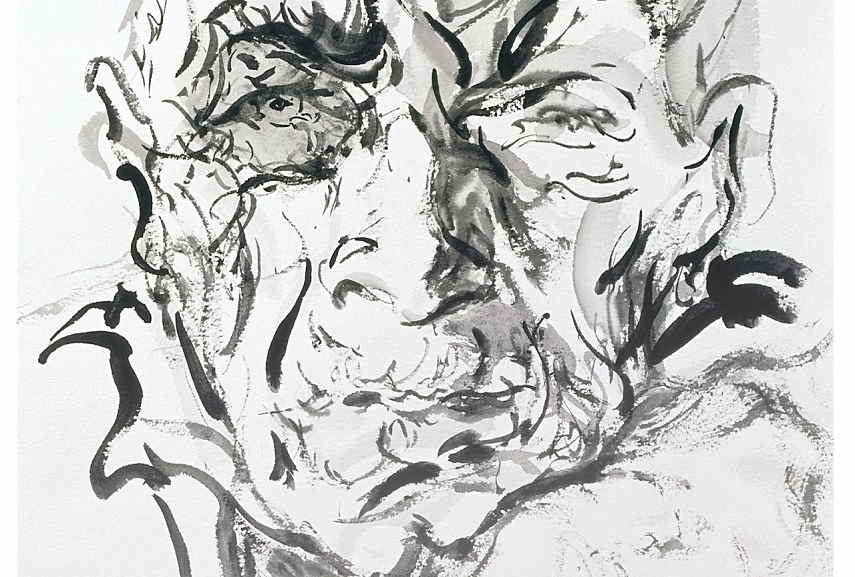


Although we eventually grow to be able to describe and explain our surrounding world using. In another sense, seeingestablishes our place in the surrounding world (7). In one sense, a child looks and sees before they can speak. The surveyor of woman in herself is male: the surveyed female. Berger’s first argument in this chapter is that seeing comes before words (7). This determines not only most relations between men and women but also the relation of women to themselves. One might simplify this by saying: men act and women appear. The film raises pertinent questionsabout the Western cultural aesthetics as depicted in images andpaintings. The film’s script was adapted into abook that goes by the same title. Her own sense of being in herself is supplanted by a sense of being appreciated as herself by another. WAYS OF SEEING 1 is a BBC four-part film created by John Berger andproduced by Mike Dibb in 1972. What point does Berger make about the depiction of things in oil painting 3. It is a set of appearances, which has been removed from the place and time of its first appearance. An image is a sight that has been recreated or reproduced. The woman in the painting 'is aware of being seen by a. If the spectator-owner is a wealthy man he might confirm the power of his masculinity by purchasing a painting of a nude woman. One is the spectator-owner of Chapters 3 and 5. He discusses two specific kinds of observers. The whole book is based on the premise that the way we see things is affected by our knowledge and beliefs. There are ways of seeing and there are also ways of being seen. According to Berger, how do 15 th and 16century oil painting develop conventions that are different from the medieval period 2. A QUICK ANALYSIS OF JOHN BERGER’S WAYS OF SEEING by Demeliou. She has to survey everything she is and everything she does because how she appears to men, is of crucial importance for what is normally thought of as the success of her life. Chapter 5, Ways of Seeing, John Berger Study Questions 1. And so she comes to consider the surveyor and the surveyed within her as the two constituent yet always distinct elements of her identity as a woman. From earliest childhood she has been taught and persuaded to survey herself continually. Whilst she is walking across a room or whilst she is weeping at the death of her father, she can scarcely avoid envisaging herself walking or weeping. She is almost continually accompanied by her own image of herself.


 0 kommentar(er)
0 kommentar(er)
